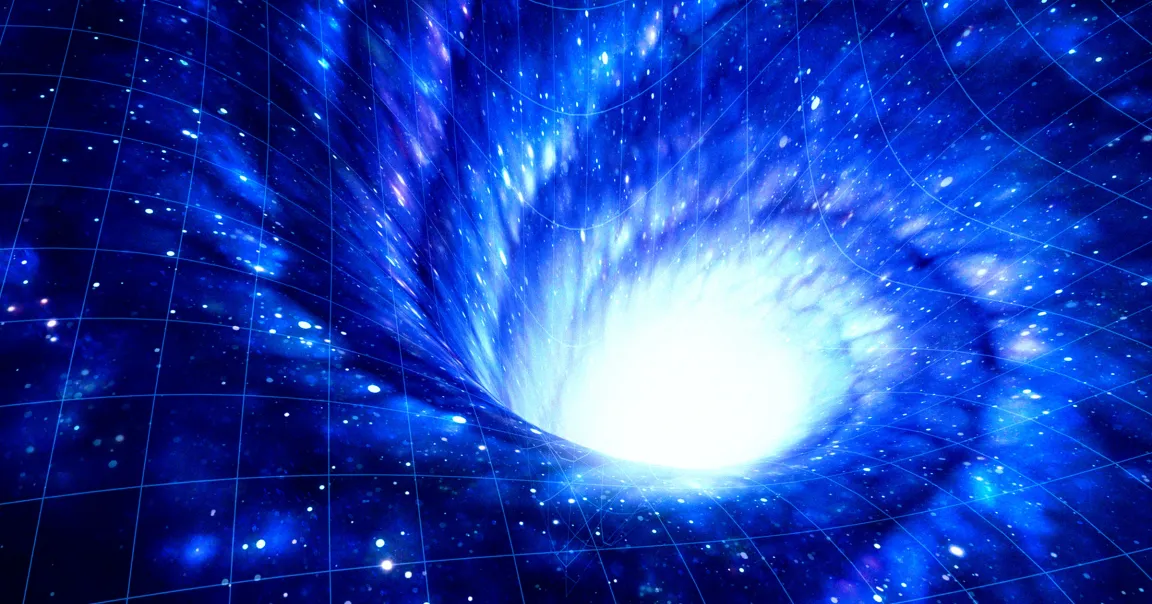
The researchers suggest that LIGO and Virgo picked up the signals of a black hole collision in a different universe than ours.
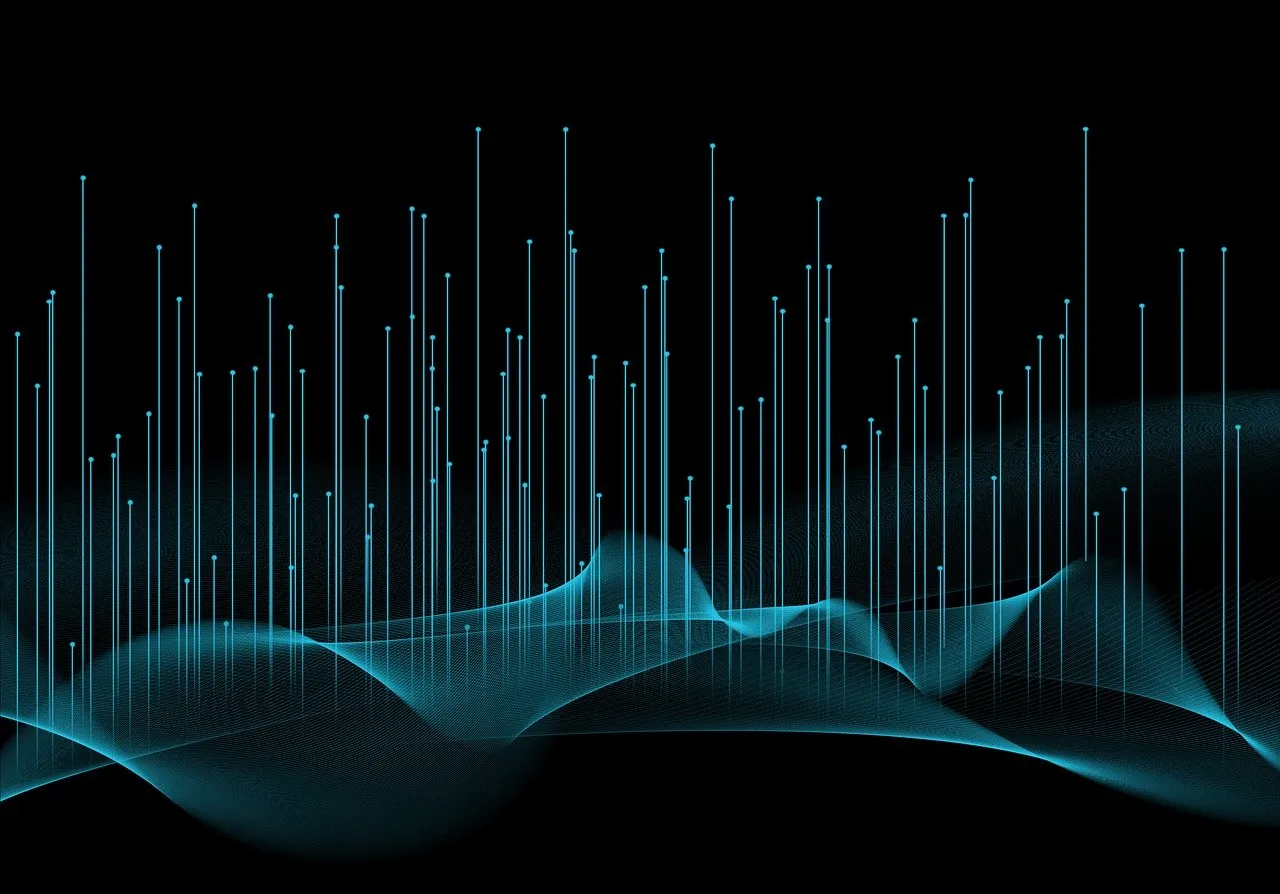
A team of researchers proposes a new vision of the Universe's first moments. Their model eliminates the need for traditional speculative hypotheses.
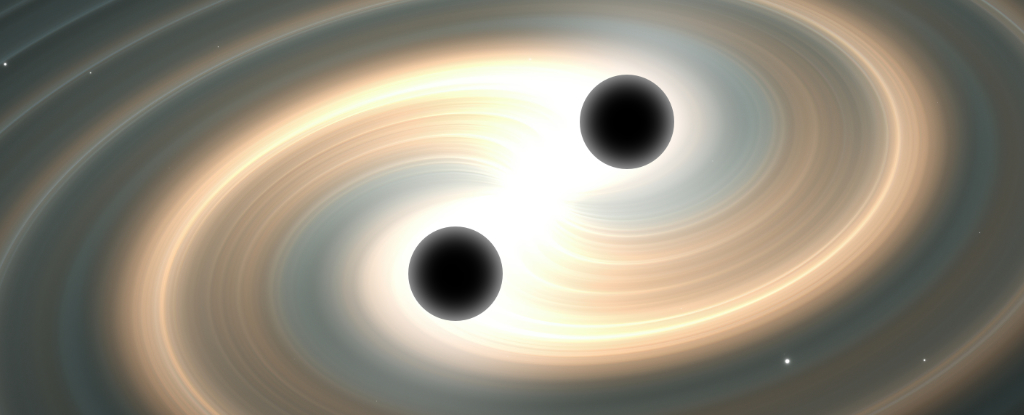
Using the largest gravitational wave detector ever made, we have confirmed earlier reports that the fabric of the Universe is constantly vibrating.
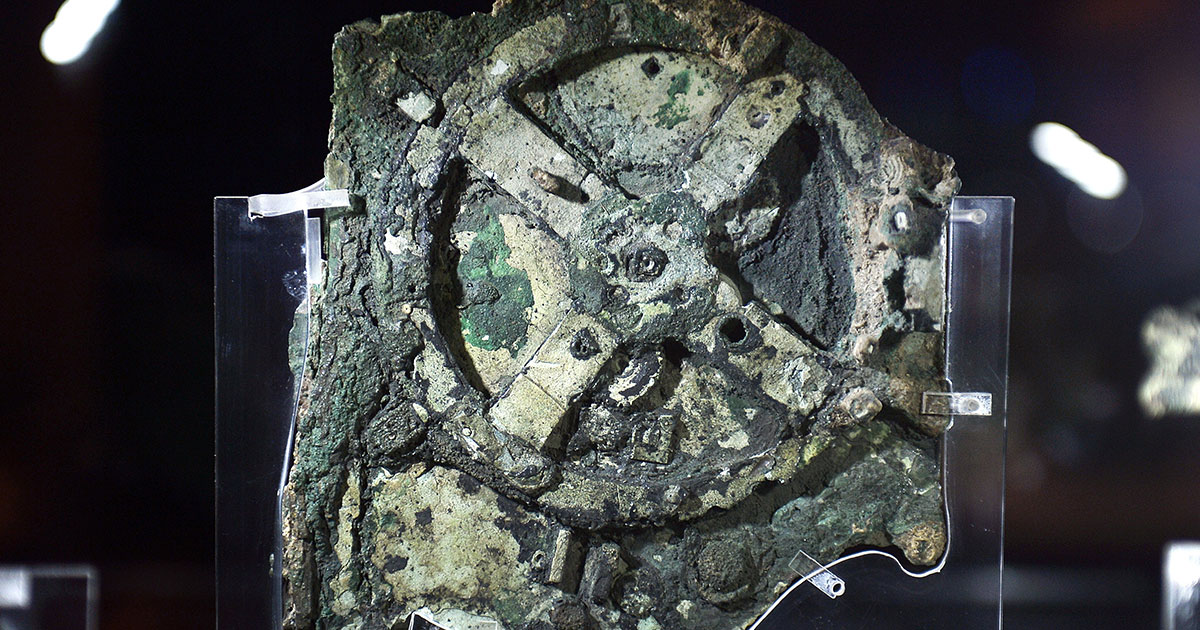
Researchers say they've used cutting-edge gravitational wave research to shed new light on a nearly 2,000-year-old mystery.
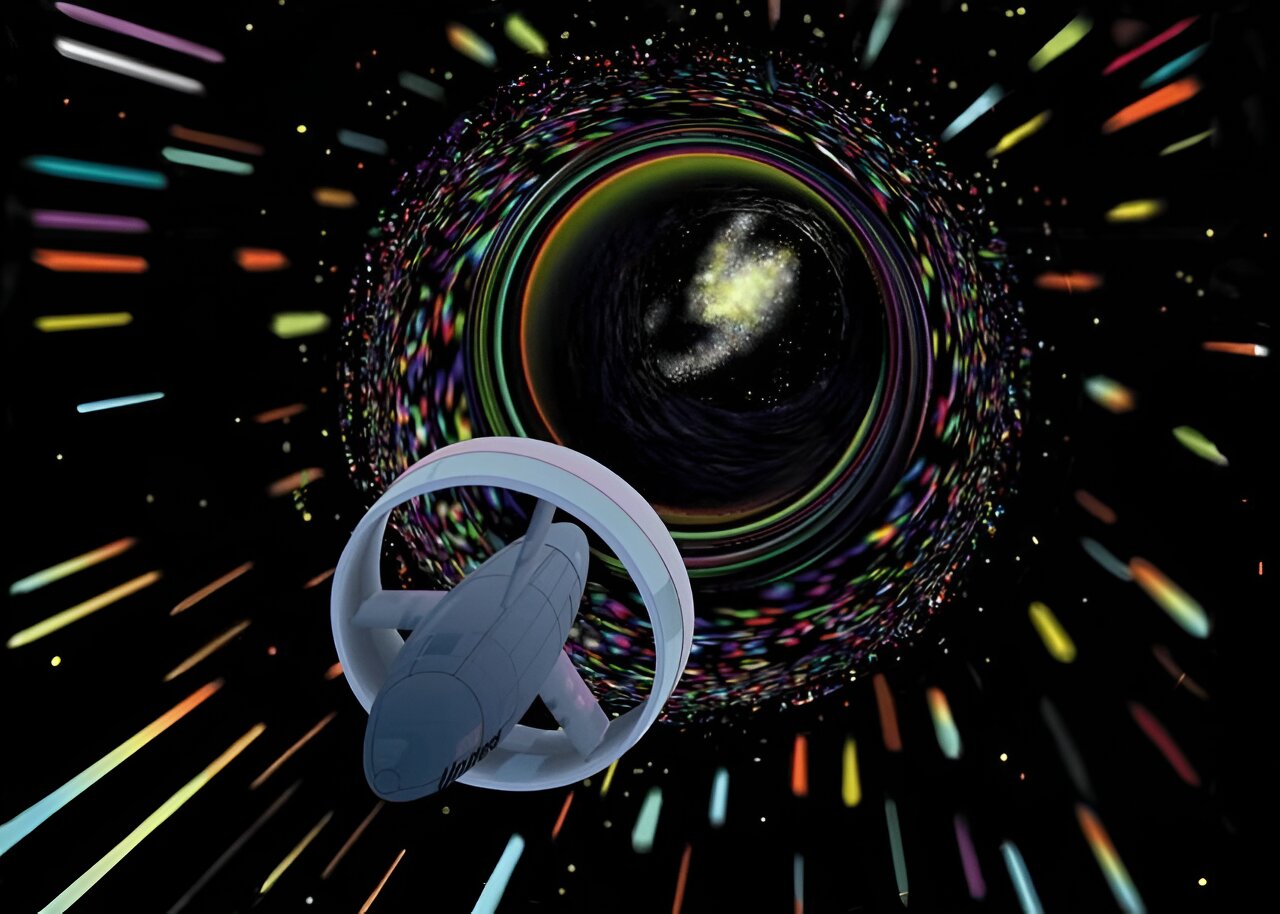
Everyone knows that no object can travel faster than the speed of light. But warp drives may offer a workaround. By warping spacetime itself, a spacecraft with a warp drive wouldn't be breaking the faster-than-light (FTL) rule.
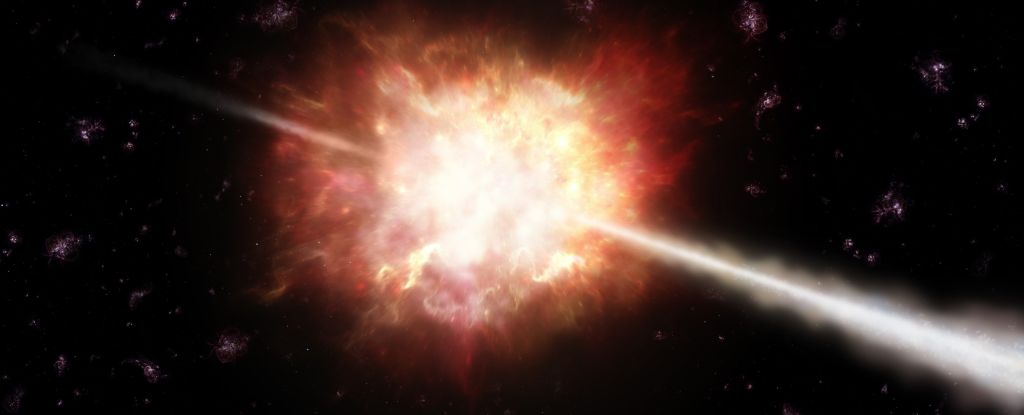
The creation of any heavier elements would consume energy instead of releasing it. In order to explain the presence of these heavier elements today, it's necessary to find phenomena that can produce them.

A gravitational wave detected in May of last year has given us a type of cosmic collision we've never seen before.

Astronomers have made a discovery that confirms the existence of gravitational waves, which sound like the hum at a large gathering. These ripples in space-time were proposed by Albert Einstein over a century ago.

Researchers have discovered that in the exotic conditions of the early universe, waves of gravity may have shaken space-time so hard that they spontaneously created radiation.
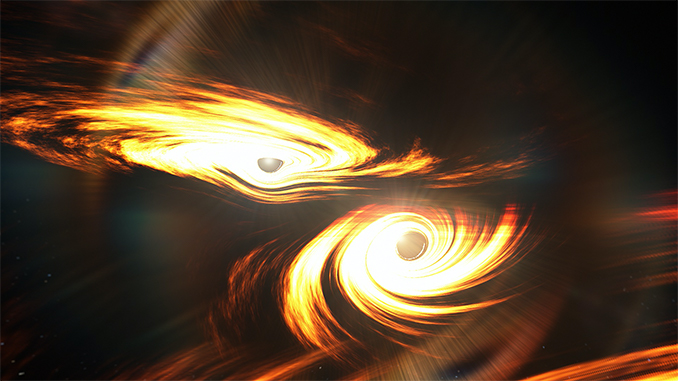
Gravitational wave observatories have detected ripples in space-time that indicate the merger of two black holes with 85 and 65 solar masses. The result was a single black hole with 142 times the Sun’s mass.
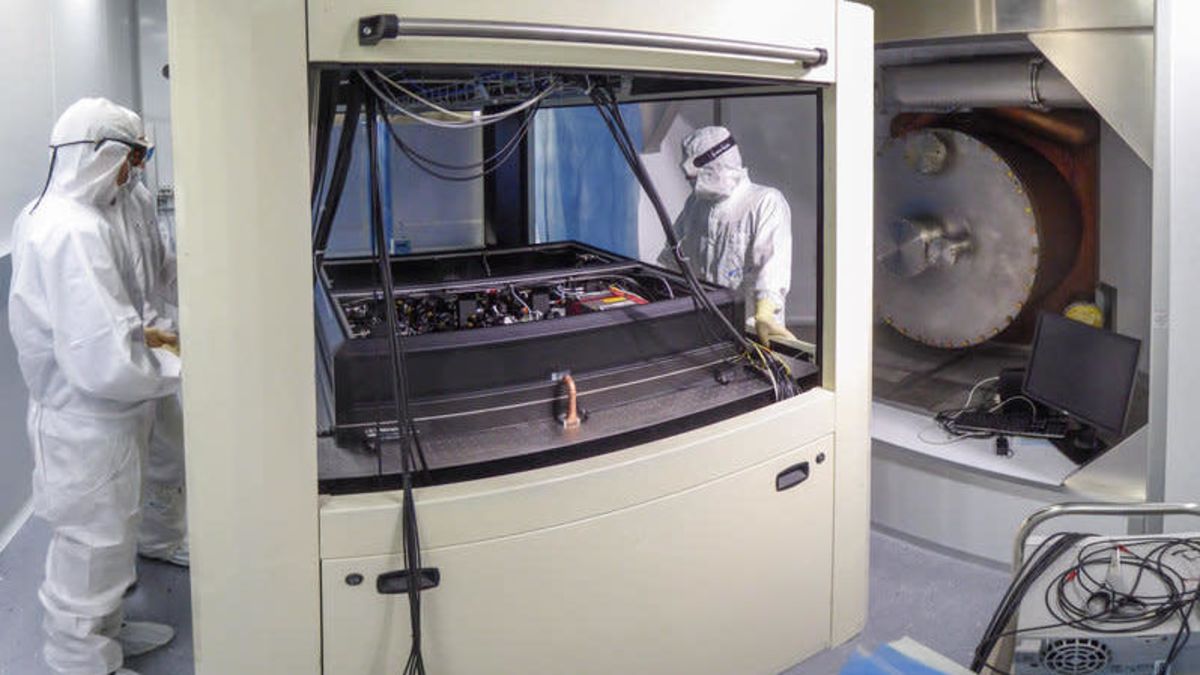
A new method, the result of decades of research, has allowed researchers to suppress vacuum noise and extend the reach of the gravitational wave detectors.

Gravitational waves from the collision of two neutron stars have been detected for the second time ever — along with another, less certain signal that a neutron star being swallowed by a black hole.
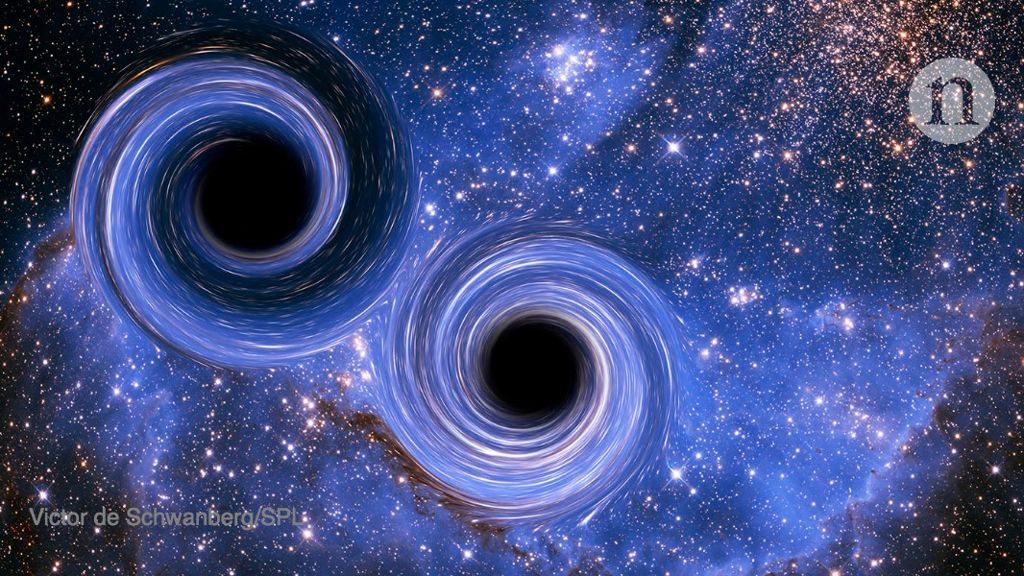
A planned US$35-million upgrade could enable LIGO to spot one black-hole merger per hour by the mid-2020s.
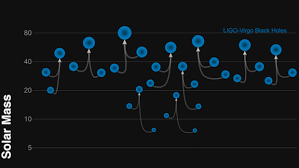
The LIGO and Virgo collaborations have now confidently detected gravitational waves from a total of 10 stellar-mass binary black hole mergers and one merger of neutron stars.
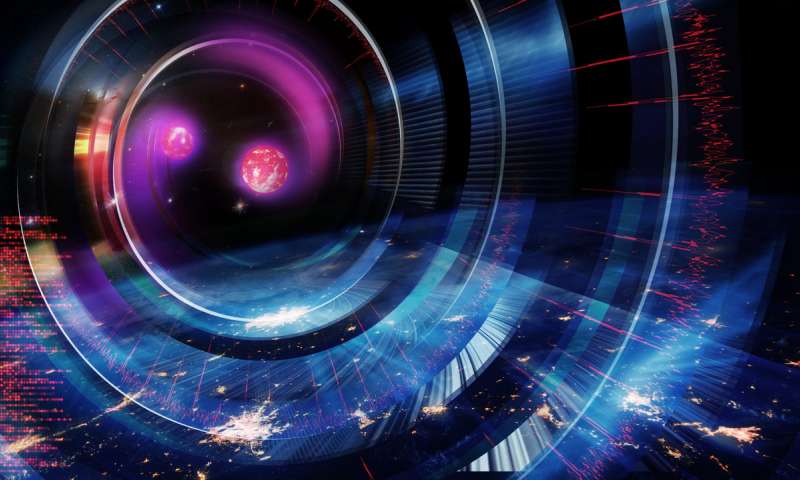
An international team of scientists have detected gravitational waves from the biggest known black-hole collision that formed a new black hole about 80 times larger than the Sun.